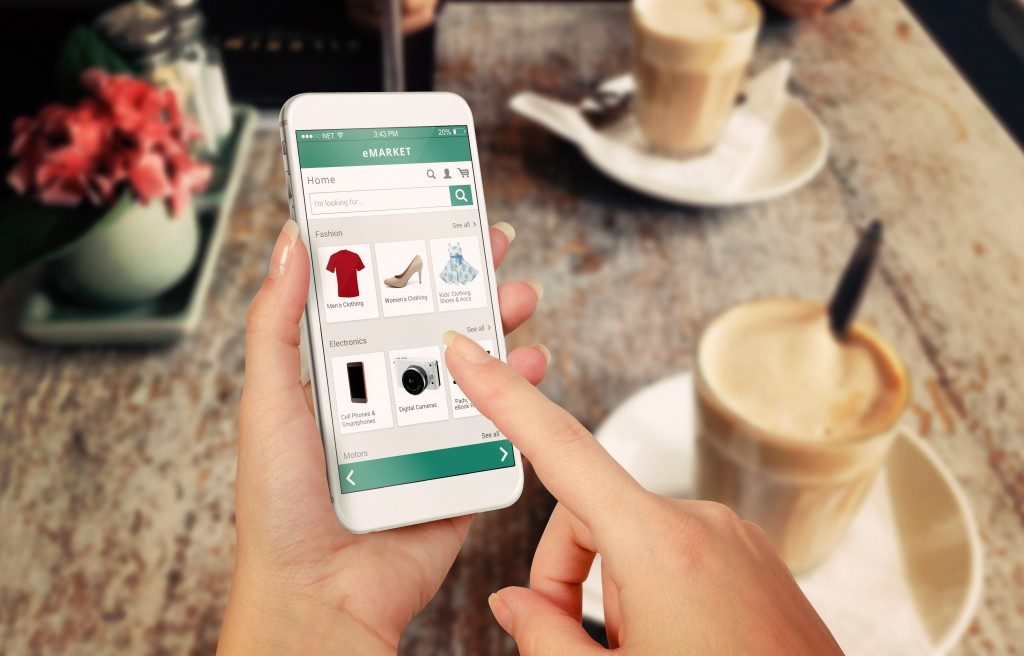Everyone has a faint memory of the excitement of seeing things online for the first time. At the onset of the Internet, the digital was in—everything that could be put online was put online, and everything that couldn’t keep up was deemed old school and fell by the wayside.
Things like social media campaigns and activation events became common under the watchful eye of a digital marketing agency. And while the online age is here to stay, there’s a steadily growing segment of the market that prefers the way things were back before the digital age.
This normally wouldn’t be too much of a concern for marketers (outliers exist after all), but this segment is not only growing but is starting to come into its own as part of a market with significant purchasing power.
So as a response, marketing has evolved once again to take some of the best from the pre-digital age and the coolest parts of the new: phygital spaces.
Why did this even happen?
Accounts differ as to what exactly started off the steady migration back to physical interaction when it comes to marketing, but one case that we can look at is physicality. While the majority of our input from the world is based on sight and sound, how we interact with it is through physical touch. This was fine in the early days of the Internet when there were limited ways to access it, but with smartphones and mobile devices, the novelty has worn off.
This has given marketing agencies a tricky situation: since many of them have already been born digital, the cost of going back to traditional marketing wouldn’t be something that they can take. But there was a segment of the market that best interacted with this medium, so how do they balance the two?
The middle ground

This is where the word “phygital” came to be: a way for marketers to integrate real life with the digital space, overcoming the limits of the physical space and allowing a new dimension to be added to the digital. With phygital marketing, it was suddenly possible for people to combine the sensibilities of the past with the technology of the present.
It opened new avenues for advertisers for more effective and engaging marketing strategies. With the majority of the tools needed already in the hands of the consumer—such as their smartphones—phygital marketing is quickly becoming a preferred option in marketing.
How to integrate phygital marketing into your business
It’s important to note that there are certain limitations to phygital marketing. These can often vary depending on the industry and the type of environment it operates in, which is why having a robust marketing strategy that combines two approaches, is still more reliable.
Consumer background also plays a role. Phygital marketing may be extremely effective for the younger generation that has a succinct familiarity with both traditional marketing and new technology, but can be less effective towards an older demographic. Learning everything you can about your target demographic is crucial before applying phygital marketing.
However, there’s no denying that the phygital method of advertising is a fertile ground for both brands and consumers. As technology develops, so must the creativity of marketing agencies. The result can be a seamless integration of the digital and physical worlds, allowing for a more comprehensive reach across every platform.